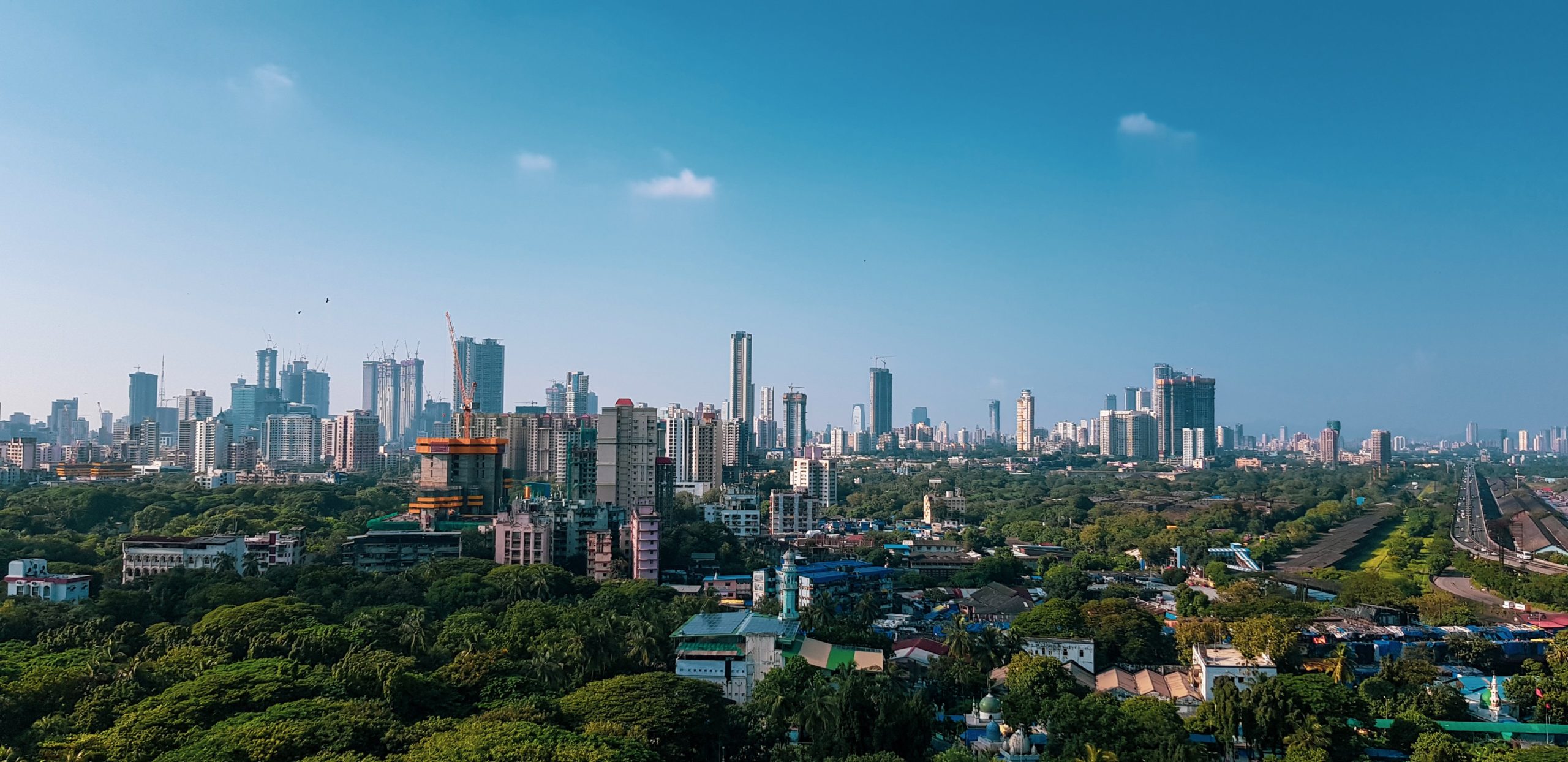Bangalore, also known as Bengaluru, is a bustling city with a high demand for rental properties due to its thriving IT sector and numerous employment opportunities. If you’re planning to rent out your property or lease a home in Bangalore, it’s essential to understand the process of creating a legally binding rent agreement. Here’s a step-by-step guide to help you navigate the process: Understanding Stamp Duty Requirements: In Bangalore, the stamp duty for rent agreements is 1% of the annual rent or Rs. 500, whichever is higher. This ensures that your agreement is legally valid and registered with the appropriate authorities. The stamp duty is a tax that is levied on legal documents to make them legally enforceable. For more information, you can refer to the official Karnataka Department of Stamps and Registration website, which provides detailed information on stamp duty and registration fees. Drafting the Rent Agreement: You can draft the rent agreement yourself or seek the assistance of a legal expert or a real estate agent. The agreement should include the following essential details: Parties Involved: Names and addresses of the landlord (lessor) and the tenant (lessee). Property Description: Detailed description of the rental property, including the address and type of property (e.g., apartment, house, etc.). Rent Details: Monthly rent amount, due date for rent payment, and payment method. Security Deposit: Amount of security deposit, conditions for its return, and any deductions that may apply. Lease Duration: Start and end dates of the lease, along with any provisions for renewal. Maintenance and Repairs: Responsibilities of the landlord and tenant regarding maintenance and repairs. Termination Clause: Conditions under which the agreement can be terminated by either party. Additional Clauses: Any other terms and conditions, such as restrictions on subletting or rules regarding pets. Executing the Agreement on Stamp Paper: Once the agreement is drafted, it must be executed on the appropriate stamp paper value. For Bangalore, this would typically be Rs. 500 stamp paper. The agreement should be signed by both parties (landlord and tenant) and two witnesses. The signatures should be placed on every page of the agreement to prevent any alterations. Registration of the Rent Agreement: If the tenancy period exceeds 11 months, the rent agreement must be registered with the sub-registrar’s office to provide legal validity. The registration process involves the following steps: Preparation: Ensure that the agreement is executed on the correct stamp paper and signed by both parties and witnesses. Visit Sub-Registrar’s Office: Both parties should visit the sub-registrar’s office along with the original rent agreement, proof of identity (Aadhaar card, PAN card, etc.), and address proof. Payment of Fees: Pay the applicable registration fee. The fee is usually 1% of the total rent for the duration of the lease or Rs.500, whichever is higher. Submission of Documents: Submit the rent agreement and supporting documents at the sub-registrar’s office. Verification and Registration: The sub-registrar will […]






